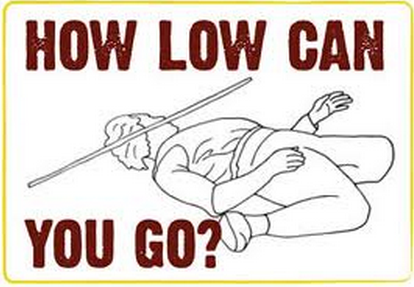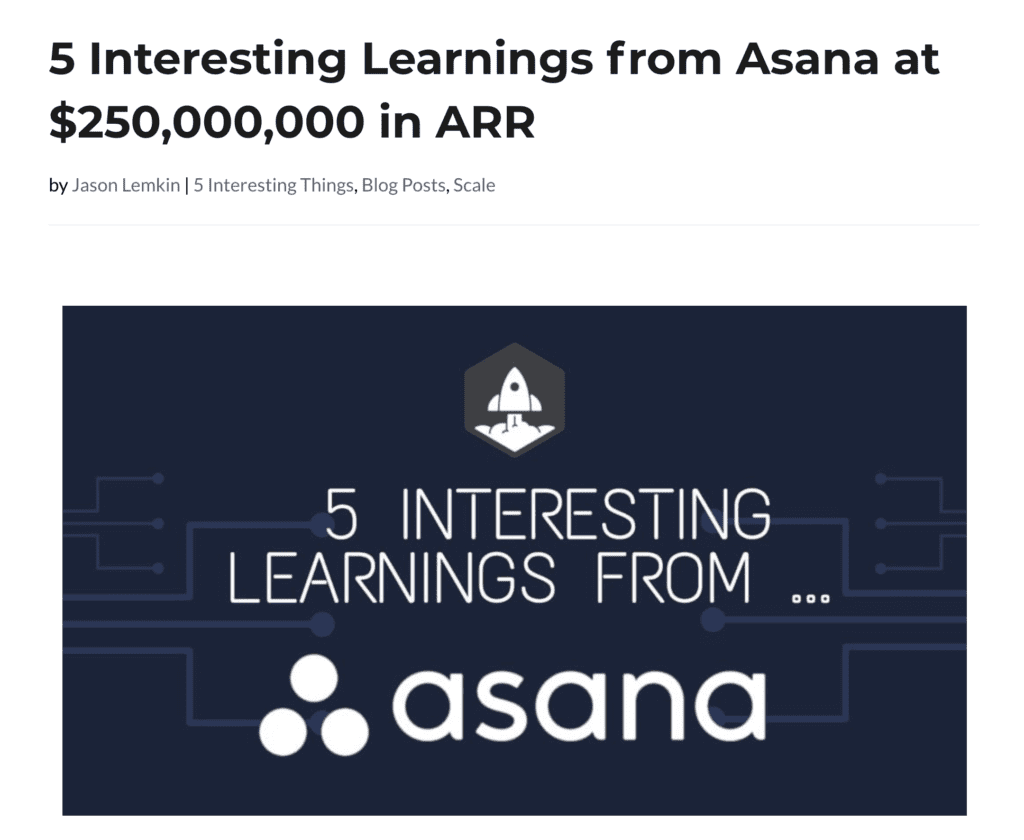 One question I struggled with a lot in the early days was what price points supported inside sales reps. It was clear to me that our freemium offering, priced at from $0 to $19/month, couldn’t really support a traditional inside sales team. And it became clear to me that five-figure or larger ACV deals could clearly support an inside sales team, once I handed those off to sales.
One question I struggled with a lot in the early days was what price points supported inside sales reps. It was clear to me that our freemium offering, priced at from $0 to $19/month, couldn’t really support a traditional inside sales team. And it became clear to me that five-figure or larger ACV deals could clearly support an inside sales team, once I handed those off to sales.
But how low can you go? Can you really sustain a sales team around a $299/mo product? A $2000 ACV? What about a $199 or even a $99/mo price point?
Different companies will have different experiences. But here’s what I learned. And do it right, and you can go pretty low.
First, at the low end of the market, there are 2 types of sales: “Real” sales with demos, leads, a sales process … and 1-Call-To-Close. The latter is basically sophisticated customer support IMHO, but done by revenue-focused professionals. Customer calls in, willing to buy on that call, with a few questions. Switch out a support-focused CSR and put in an entry-level sales rep, and assuming you have enough of these 1-Calls-To-Close, this rep will become profitable. But this is a minor case in my experience, though worth doing once you have the volume.
The more interesting question is how low a price point you can go with True Inside Sales. I.e., the customer inbounds as a lead. They may not be ready to buy today. They may want a demo. They have good questions. They want another call to discuss, to review, to map out the landscape. The rep will have to follow-up, and work it.
What you’ll find is you are limited by two factors: (x) the number of demos and interactions a rep can do and have, and (y) the comp the rep needs to feed him or herself and the family.
So let’s do the math:
- At the end of the day, most inside sales reps can probably close 8-12 deals a month. Because assuming, say, a 20% close rate, that’s maybe 60 demos a month, or 3 a day. Maybe 100 phone calls that are in-depth, with real questions, and follow-up action items. Etc. etc. Beyond that, there just aren’t enough hours in a day. [A 1-Call-To-Close environment as noted above is different, but let’s put that aside.]
- OK, so if an SMB rep needs to make say $80-$100k in OTE (base + bonus) … and you need to clear, say, $300k in revenue from that rep to make the math work on your side … at, say, 100 closed deals a year, to bring in $300k to the company, each deal has to have a $3,000 ACV on average.
- So the straight math says it’s tough to have inside sales reps making $80k-$100k+ OTE working on deals < $3,000 ACV or $299/month.
And so it is. If you survey different SaaS companies that are post-Traction, you’ll see the low-end segment of their inside sales team is often focused around this price point, with other, different reps handling higher price points, but few reps at price points lower that this, unless it’s early days and just to learn.
But, the thing is, again in SaaS, averages can deceive. In fact, you can go a lot lower. We discussed how CAC is a confusing metric because it’s an average metric, and no customer really is all that average in its cost to acquire. They are generally either very cheap to acquire, or very expensive, but rarely in the middle.
I do think $3k ACV or $299/mo for modelling purposes needs to be the core low price point and segment for your Inside Sales team.
But, still, we dropped the price point for Inside Sales to $99. And it worked. Why? :
- First, if you don’t service those $1k ACV leads, you are wasting them. So maybe it’s better to close them than just lose them altogether if it’s not too expensive. These small customers often become your long tail of champions, too. They often are your best marketers.
- Since you’d lose these prospective customers anyway, you can spend more of the ACV revenue received on the reps and not worry about the marketing costs. Because otherwise, the marketing costs would be a write-off. These reps don’t have to be as profitable.
- You can use this customer segment to train the new reps. It’s cheap training.
- And most importantly — the really really efficient reps can actually do really well at the bottom of the market. Even here. Because they’ll get really good at it, and close a lot more than 10 deals a month. Our best $99/month inside sales reps could close 30+ deals a month, so long as we gave them enough leads. You do need a high volume of leads to make this work.
I’m not saying you can build a whole Inside Sales team around a $1k ACV or $99 price point. You can’t. The lowest you can probably go on average is $3k, based on the math above, and that’s if you are hyper-efficient. If you aren’t, bump that up to a $5k ACV to account for overhead, waste, turn-over, etc.
But as part of a bigger picture, as a segment … I think you can make money as low as $99 down and $99 a month with your Inside Sales team. You can at least break even here. Might as well go get it, if you ask me. At least in the early and middle days.
__________
Let’s take a look at a recent case study with Asana. Asana started off almost entirely freemium, and now at $250m+ in ARR, has migrated to 60% self-service / 40% sales-assisted deals, at a $2,800/yr average deal size. So almost the exact math above.
So Asana lets deals < $3k or so close themselves, and drops in its sales team as the deal size gets higher. Of course, they’re at $250m in ARR. You should probably be using “sales” in even smaller deals as you grow your presence. You don’t quite have Asana’s brand yet.
And for something a bit more mid-stage, take a look at how Gorgias rocketed first to 1,000, then 5,000 SMB customers, at a similar ACV:
(note: an updated SaaStr classic post)


